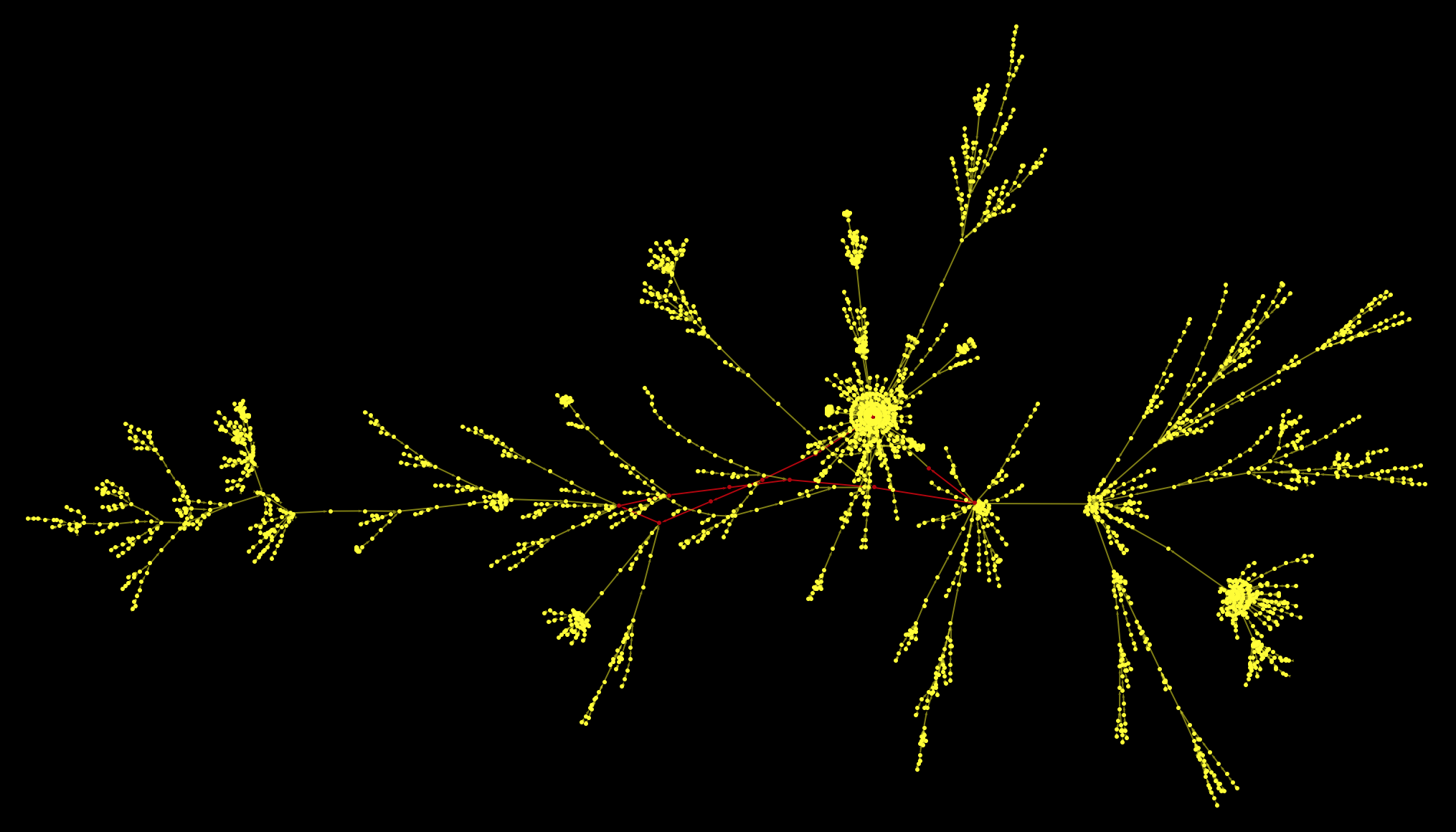Research published in PLOS One offers a quantitative approach. Using a combination of math and maps, Garrett Dash Nelson, a postdoctoral student in geography at Dartmouth College, and Alasdair Rae, an urban data analyst at the University of Sheffield, solidify the concept of the “megaregion” as an interlocking, yet self-contained, economic zone. They use millions of point-to-point daily commutes—perhaps the best proxy for economic geography there is—to outline at least 35 urban cluster-oids around the U.S. What gets revealed, according to the paper, are a “set of overlapping, interconnected cogs which, working together, constitute the functional economy of the nation.”
Source : U.S. ‘Megaregions’ Revealed Via Commuting Data – CityLab










